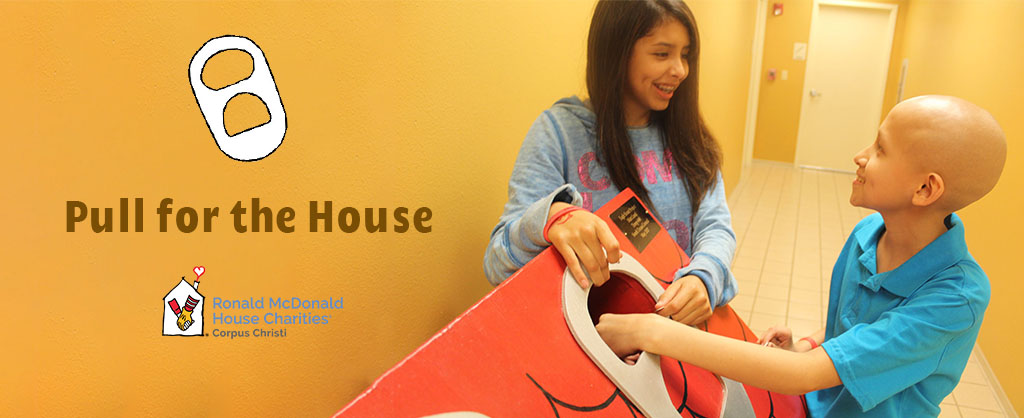The Ronald McDonald House Pop Tab Collection Program serves aids the families in need that are temporarily residing in the Ronald McDonald Houses by providing extra revenue for families who are unable to pay for their stay and by paying for operating costs.
The Pop Tab Collection Program of the Ronald McDonald Houses teaches children the concept of recycling and the impact of small acts of generosity. The program was never intended to generate income. McDonald’s makes about $6,000 a year from the project.
The Humble Beginnings of the Ronald McDonald House
The Ronald McDonald House is a charity house that accepts pop tabs as a form of donation. Pop tabs are the flip-top one can usually see on aluminum soda cans, water cans, and pet food cans.
The origins of the Ronald McDonald House dates back to 1974. Philadelphia Eagles Football player Fred Hill, along with his wife, Fran, saw the realities of most families when their daughter, Kim, had leukemia. Kim’s leukemia treatment spanned three years, and during those years, Fred and Fran spent the long hours waiting on hospital benches or cramped and confined in hospital waiting rooms.
Fred and Fran saw most families doing the same, wherein many people required long traveling hours to access quality healthcare and had no money left to pay for hotel rates. The suffering the families shared sparked an idea for the Hill family.
Fred Hill asked his fellow Philadelphia Eagles to support him in fundraising. The Philadelphia Eagles’ general manager, Jim Murray, assisted Audrey Evans, one of the doctors in the Children’s Hospital of Philadelphia. Dr. Evans long ambitioned to create a pleasant and temporary space for the ill children’s waiting families.
Don Tuckerman, a local advertising agent of McDonald’s, aided Fred Hill. Together with McDonald’s regional manager Ed Rensi, they promoted and began selling the St. Patrick’s Day Green Milkshake, or the Shamrock Shake. The profit earned in the Shamrock Shake’s selling gave them enough funds to buy a house located near the hospital. The bought shelter became the first Ronald McDonald House in 1974. (Source: Ronald McDonald House of Delaware)
Now, more than 365 Ronald McDonald Houses exist worldwide, spread throughout 64 countries. All branches operate under the guidelines of the Ronald McDonald House charities. (Source: Ronald McDonald House Charities: Intermountain Area)
The Pop Tab Donation Program
The Ronald McDonald House collects only the pop tabs from aluminum cans because it usually contains much more aluminum than the entire can while taking up less space. One pound consists of more than 1,200 pop tabs, and per pound of pop tabs, the Ronald McDonald House acquires an average of 45 to 55 cents.
With that said, not every pop tab is made of aluminum. One needs to check the composition of a pop tab with a magnet to determine if the pop tab is composed of steel or mixed metal. Only aluminum pop tabs are accepted as the Ronald McDonald House collaborates with a local recycler to convert the pop tabs into money.
Although it’s evident that pop tabs do not equate to large amounts of money, adding the value of thousands of pop tabs will massively help the Ronald McDonald Houses. The money gained by the Ronald McDonald Houses provides for general operating costs and aid the families temporarily residing in Ronald McDonald Houses. (Source: Ronald McDonald House of Delaware)
The Pop Tab program additionally aids in teaching young children the importance of recycling and acts of generosity. (Source: The Observer)
